
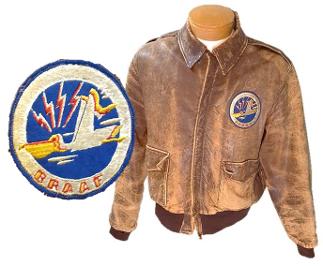
Leather A2 flight jacket, as worn by pilots and air crew. The large patch is from Boca Raton Army Air Airfield, a flight and radar training base in WWII.
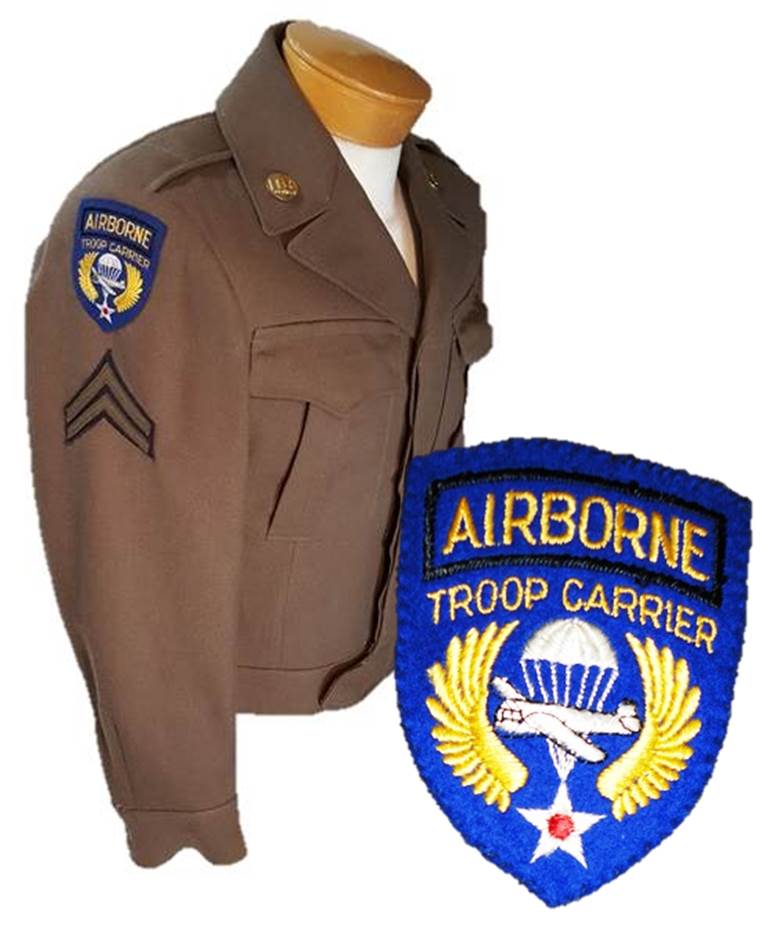
Jacket for an Airborne Troop Carrier flight crewman. These crewmen dropped supplies and paratroopers during invasions such as Neptune, Market Garden, and Varsity. The felt patch is British-made.
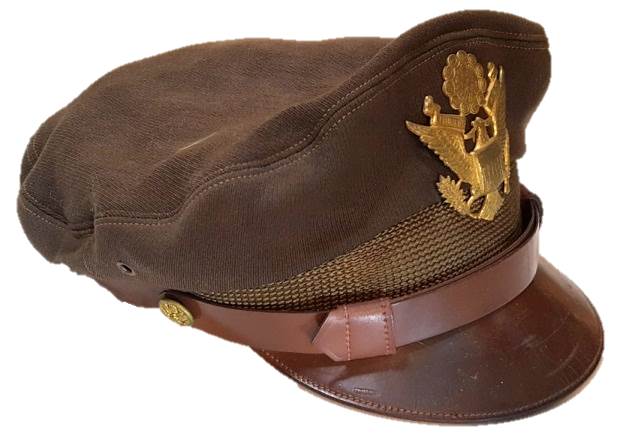
Air Corps officer "crushed" cap, with the interior stiffener removed. This was often done to allow headphones to be worn in an airplane over the cap, and for it to be rolled up and carried in a pocket. The "crusher" cap was a symbol of status for pilots.
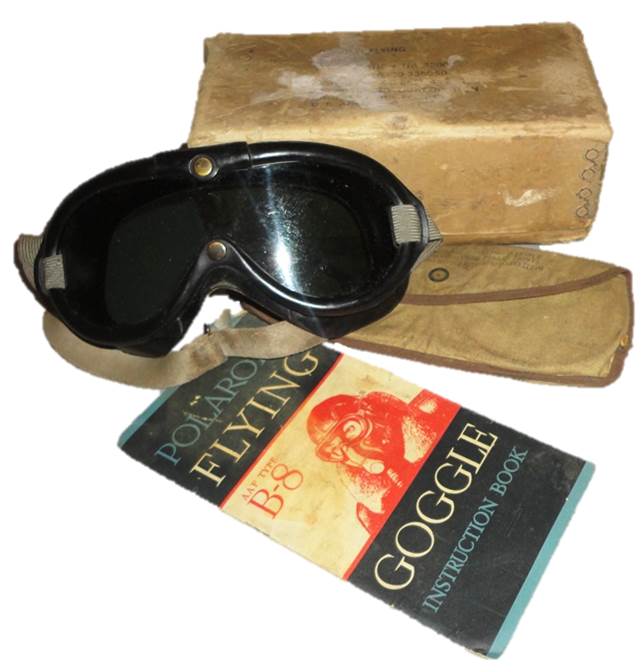
B-8 Flying Goggles in their box. (Courtesy H. Lamont collection)
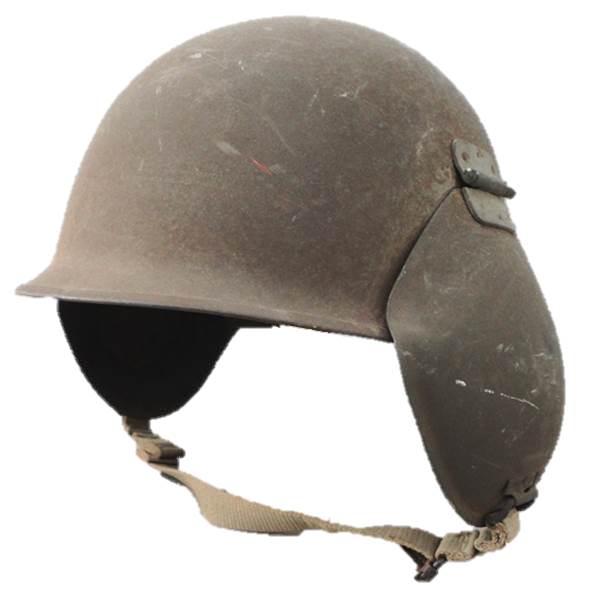
M3 Flak Helmet. These were worn by air crew over their flight gear to protect against shrapnel from anti-aircraft fire.

Insignia for a civilian flight instructor at Helena Aero Tech flight school in Arkansas. Around 100 civilian instructors were contracted at this school during the war, training thousands of aviators for service.
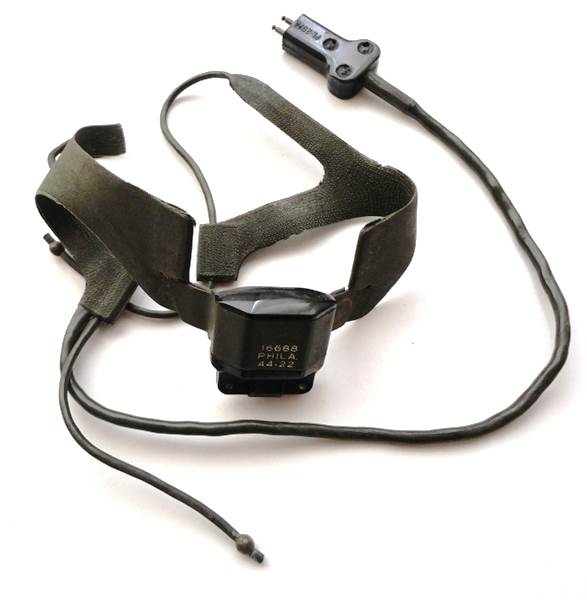
Microphone used by air crew. This version was strapped to the upper lip.
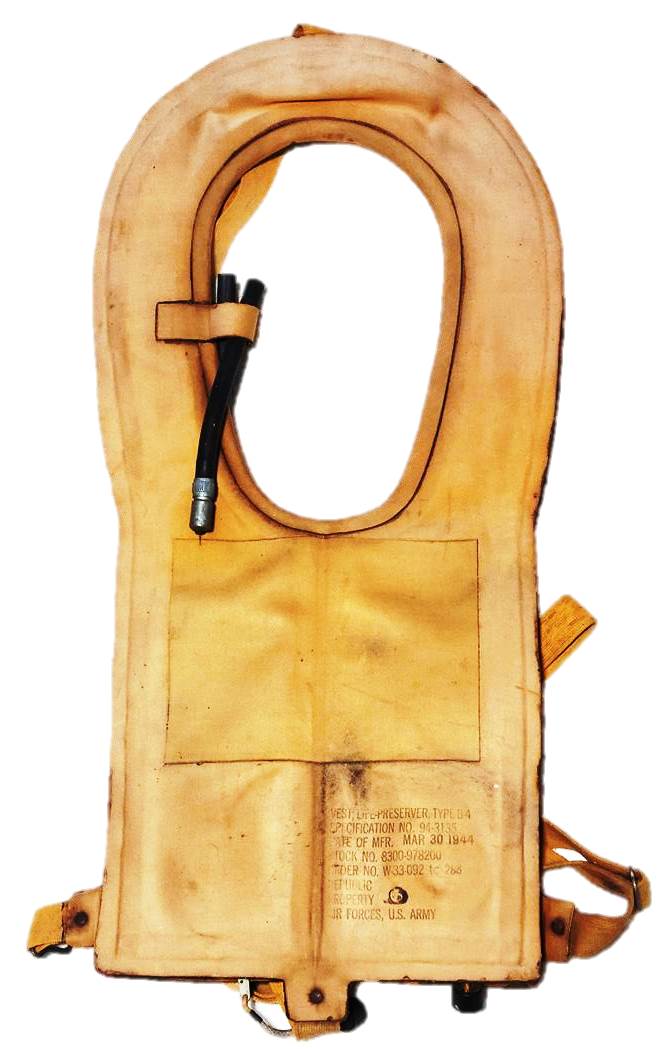
"Mae West" life jacket, as utilized by airmen and paratroopers. This example is dated from May, 1944.
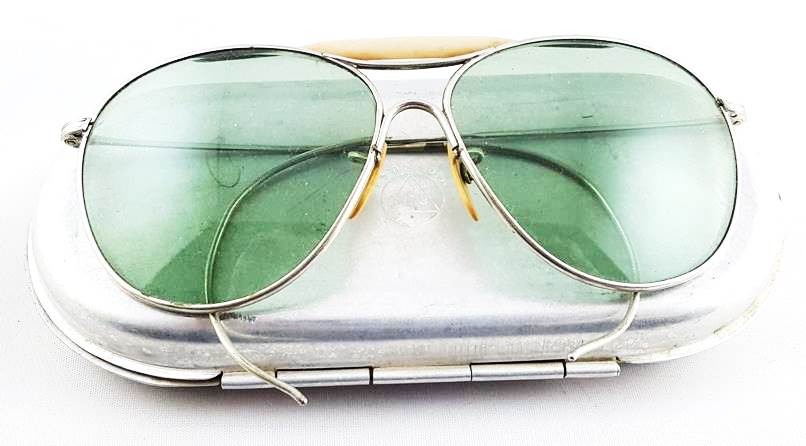
WWII pilot's aviator glasses and case
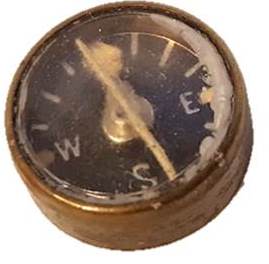
An AAF-issued escape and evasion compass. No larger than a dime, it was meant to help downed aviators navigate to safety.
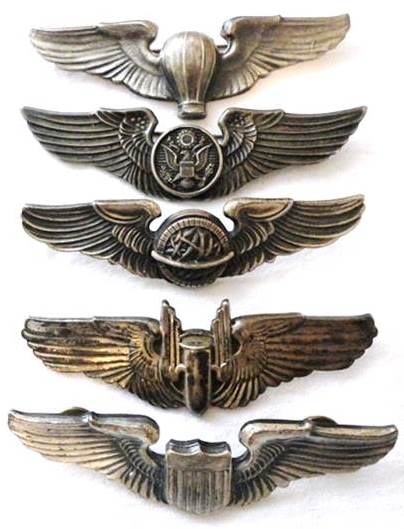
Various Army Air Corps pilot and air crew wings. From top: balloon pilot, air crew, navigator, aerial gunner, and pilot wings.
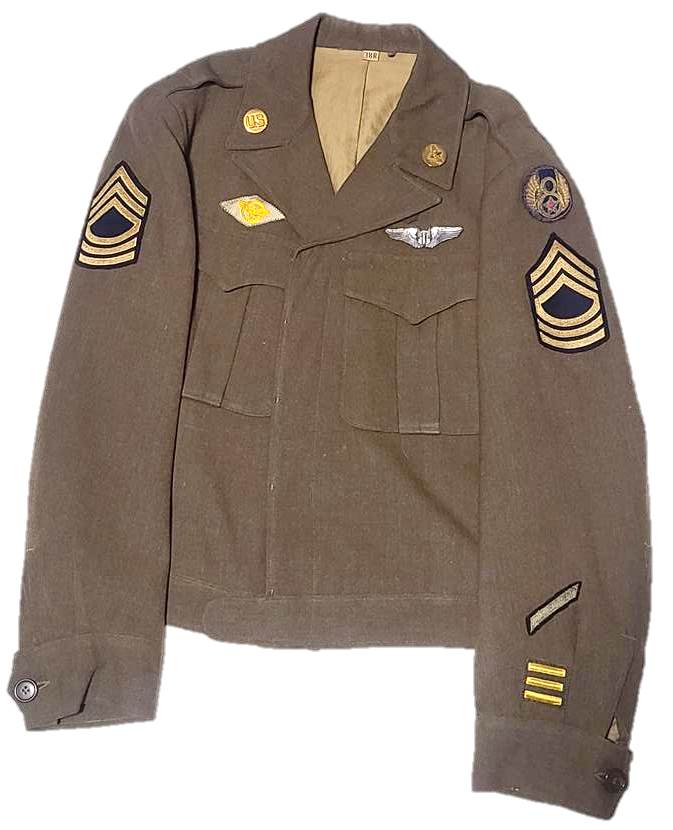
Air Corps Ike jacket with British-made bullion shoulder insignia.
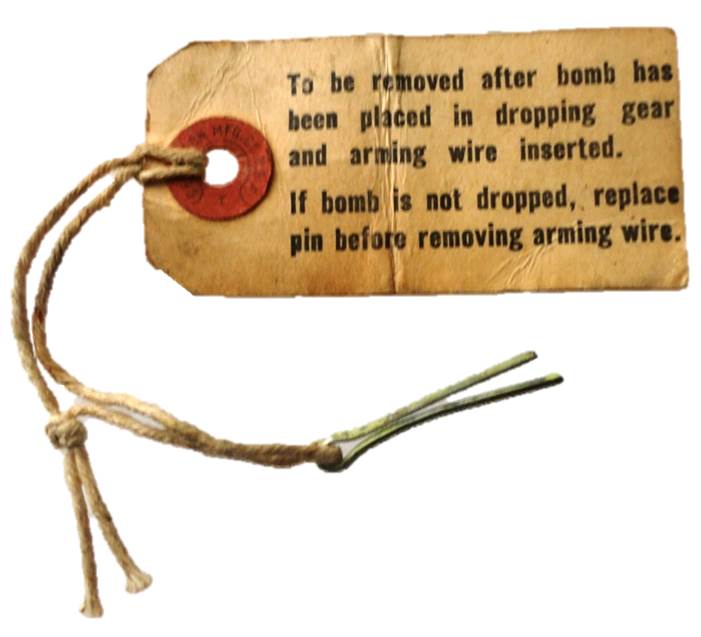
Bomb arming pin. These were removed by the bombardier just before dropping the bombs. This one came from a flight engineer of the 8th Air Force.
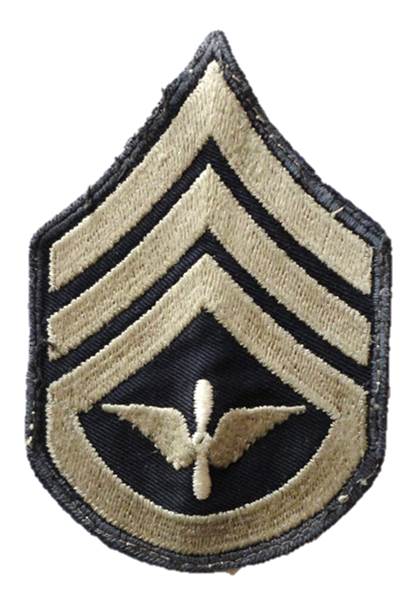
Sergeant's Air Corps chevron.
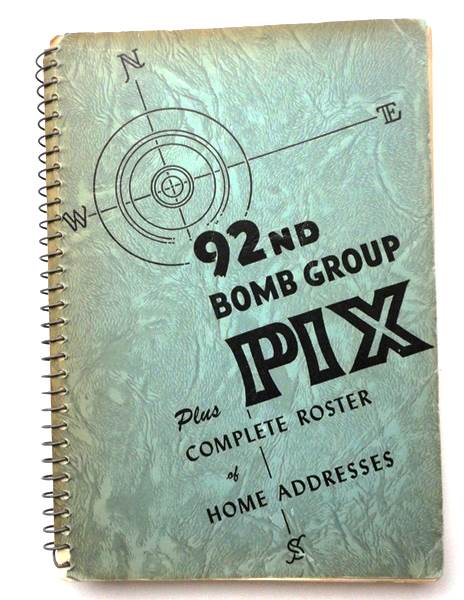
A soldier's souvenir from his service in the 92nd Bomb Group of the 8th Air Force in Europe.
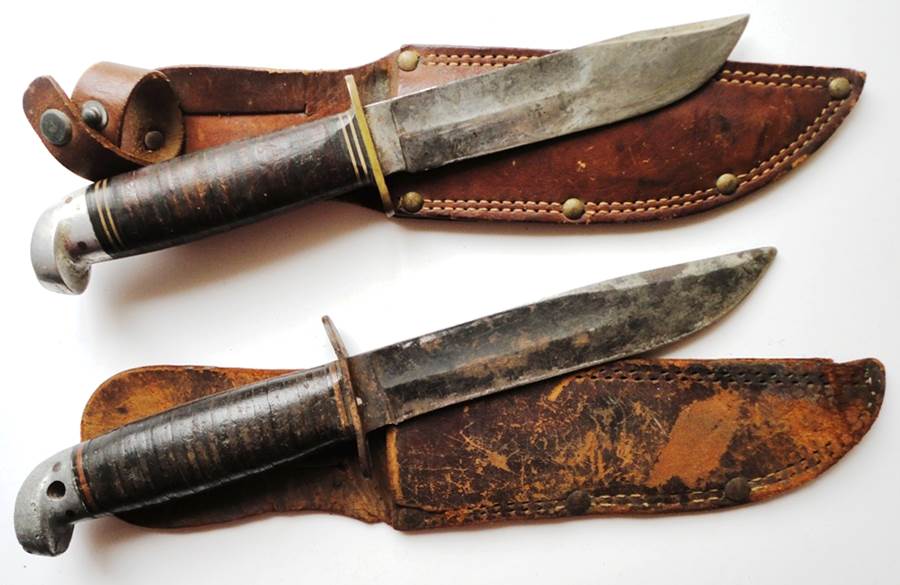
Western brand "Shark" knives that were popular with pilots and air crew in WWII. Many aviators carried knives as part of survival kits or in case they were shot down.

"Blood Chit" as worn/carried in the CBI theater. It was a message asking for safety for a downed airman. This example is produced in silk and named on the reverse to the veteran that carried it.
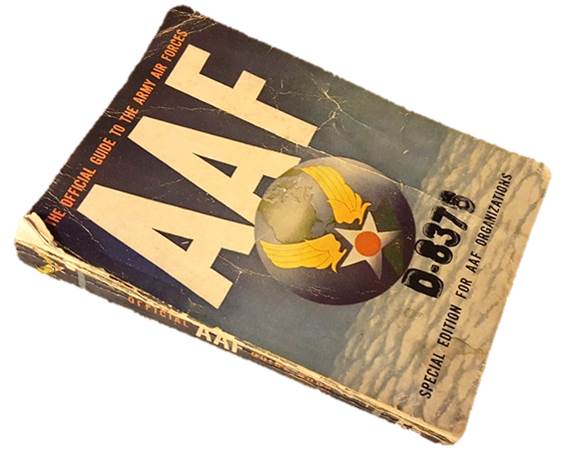
An airman's official guide book to the AAF.
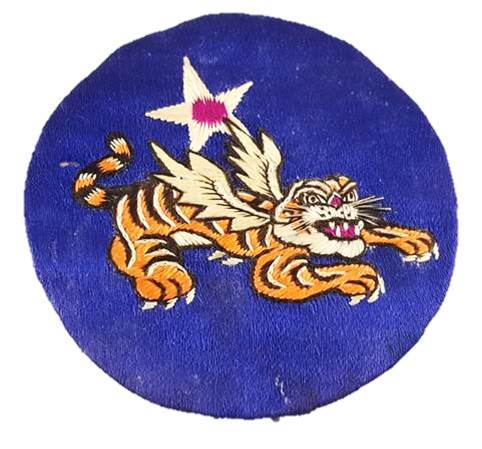
A striking example of a Chinese-made silk patch to the Chinese Air Task Force (CATF).
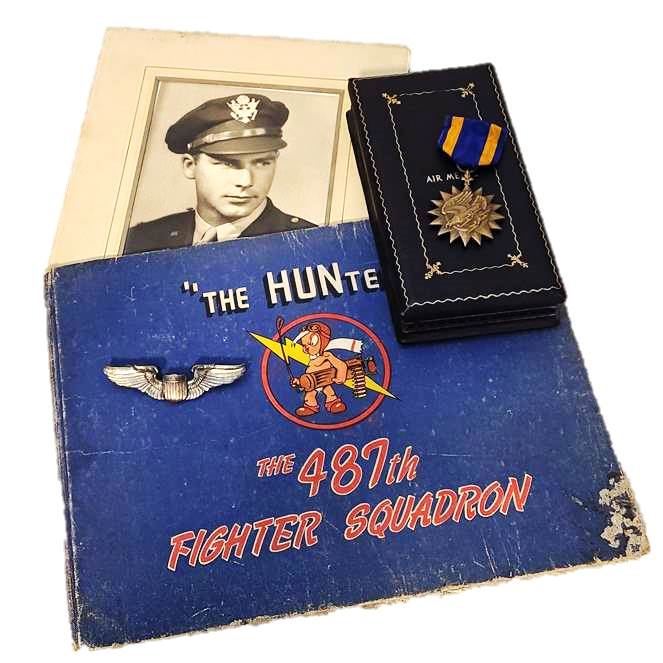
Air Medal, wings, picture, and book of a P-51 fighter pilot of the 487th Fighter Squadron in the ETO. This pilot was from Illinois.
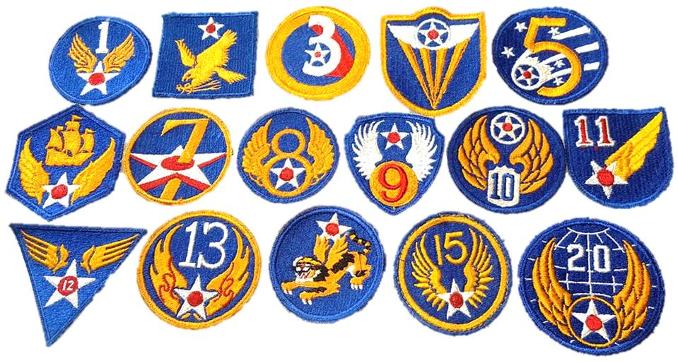
Army Air Corps insignia from WWII.
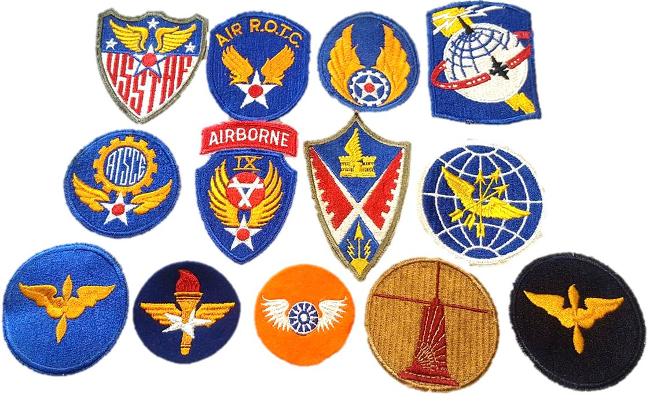
Additional Air Corps specialty units and commands
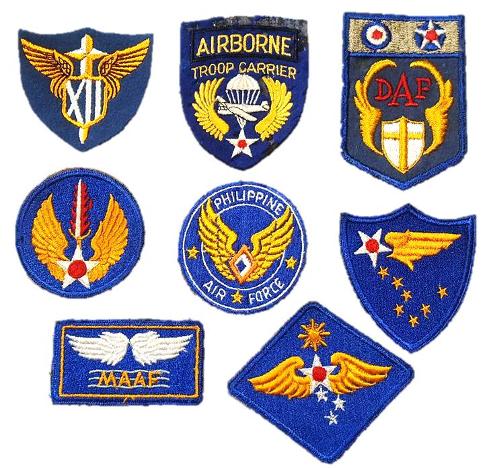
Additional Air Corps unit patches
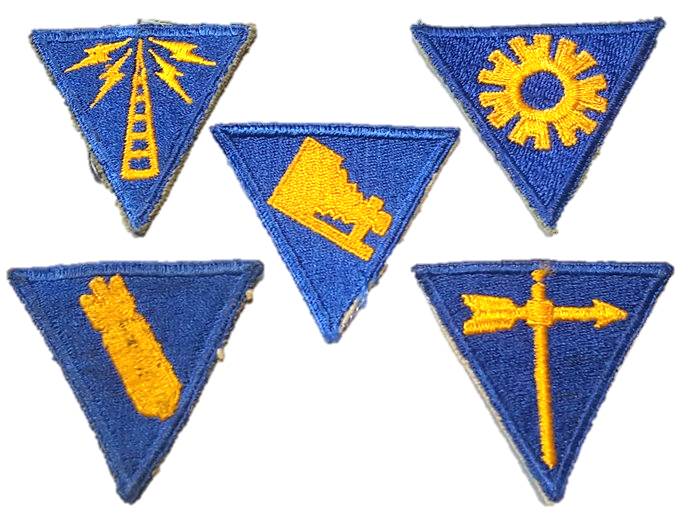
Specialist patches, which were worn on the sleeve

USAAF Transport and Ferry Command patches
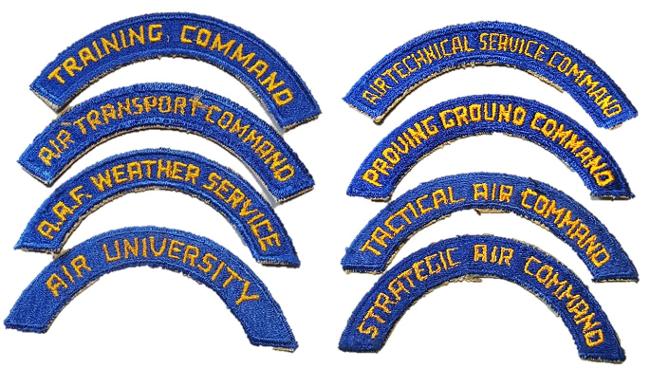
Patch tabs for the Air Corps, most of which were designated and worn in the early postwar period.
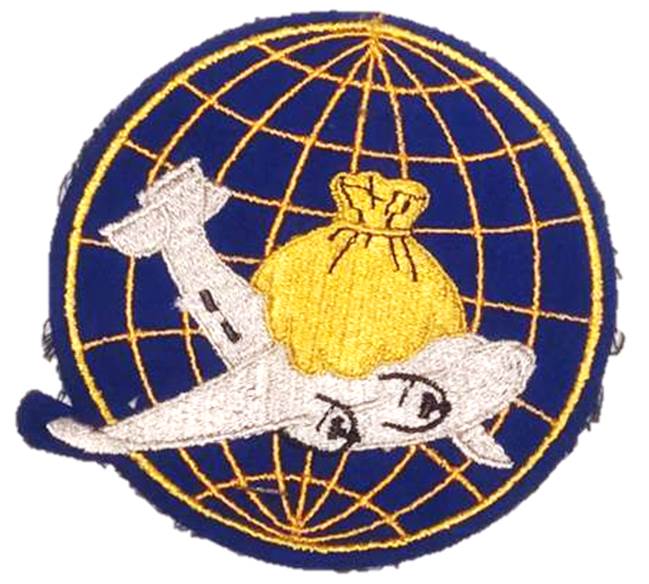
Large patch of the 1521st Army Air Base Unit
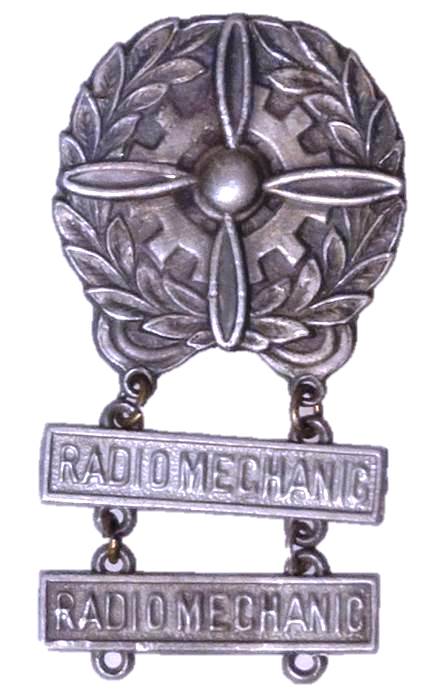
Qualification badge for the Air Corps. This one has twin Radio Mechanic bars.
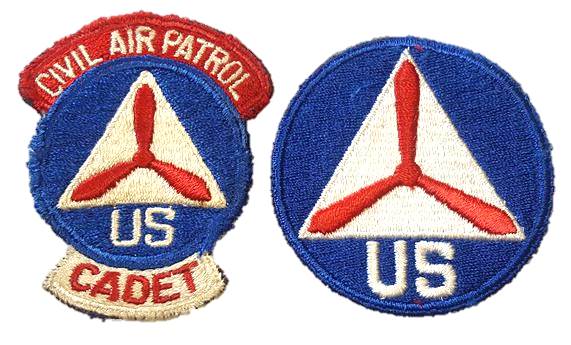
Patches of the Civil Air Patrol, a civilian organization that volunteered to train pilots, guard the coasts, and perform patrols.

Squadron patch of the 321st Bomb Squadron "Jolly Rogers"
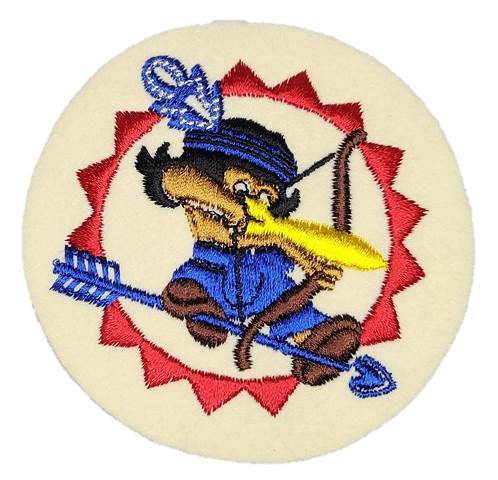
Patch of the 77th Bomb Squadron